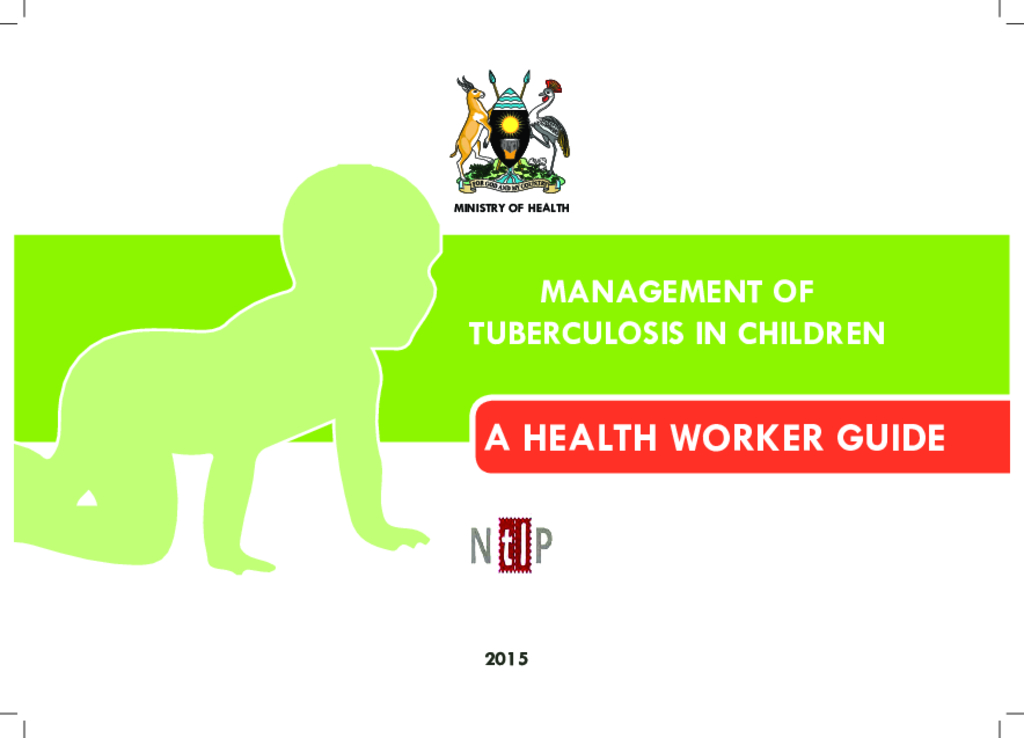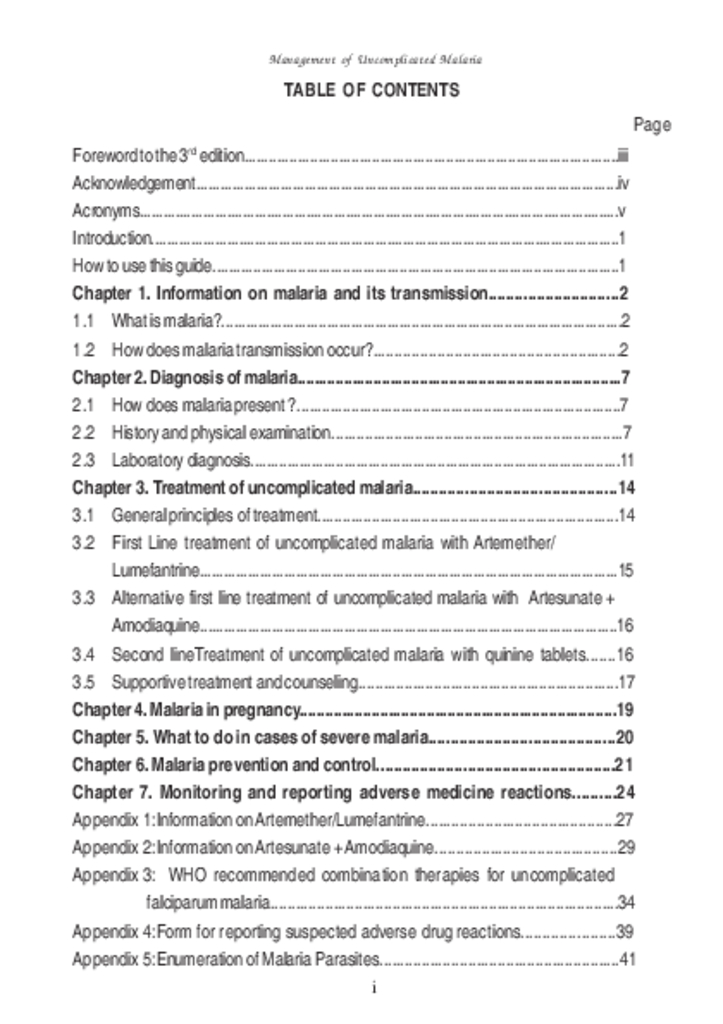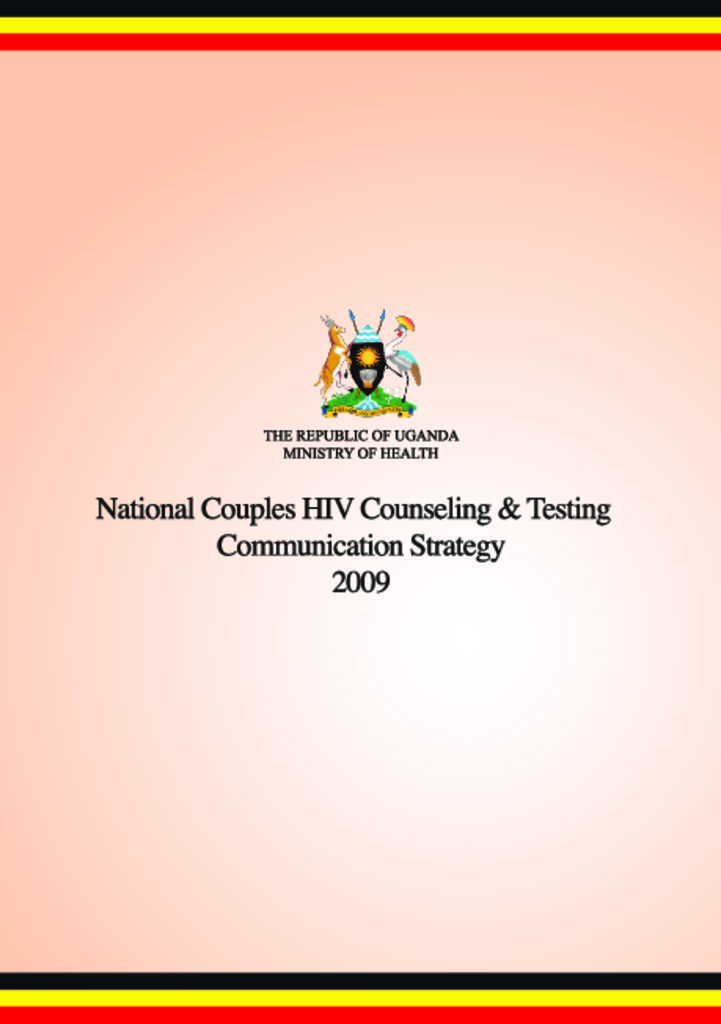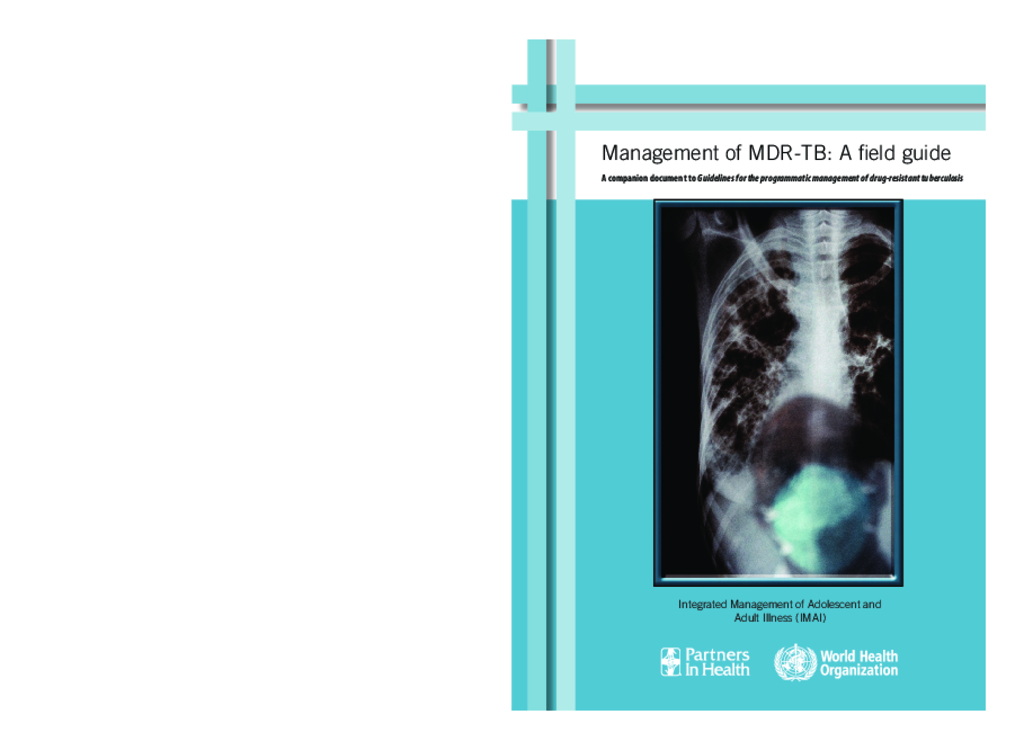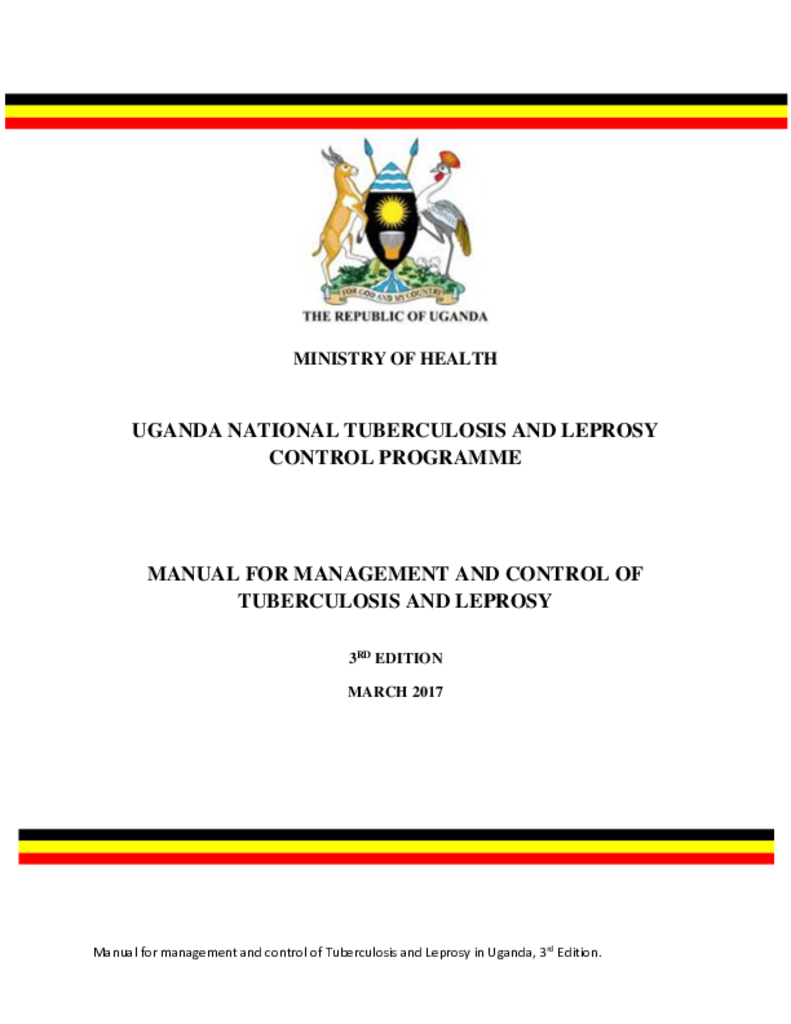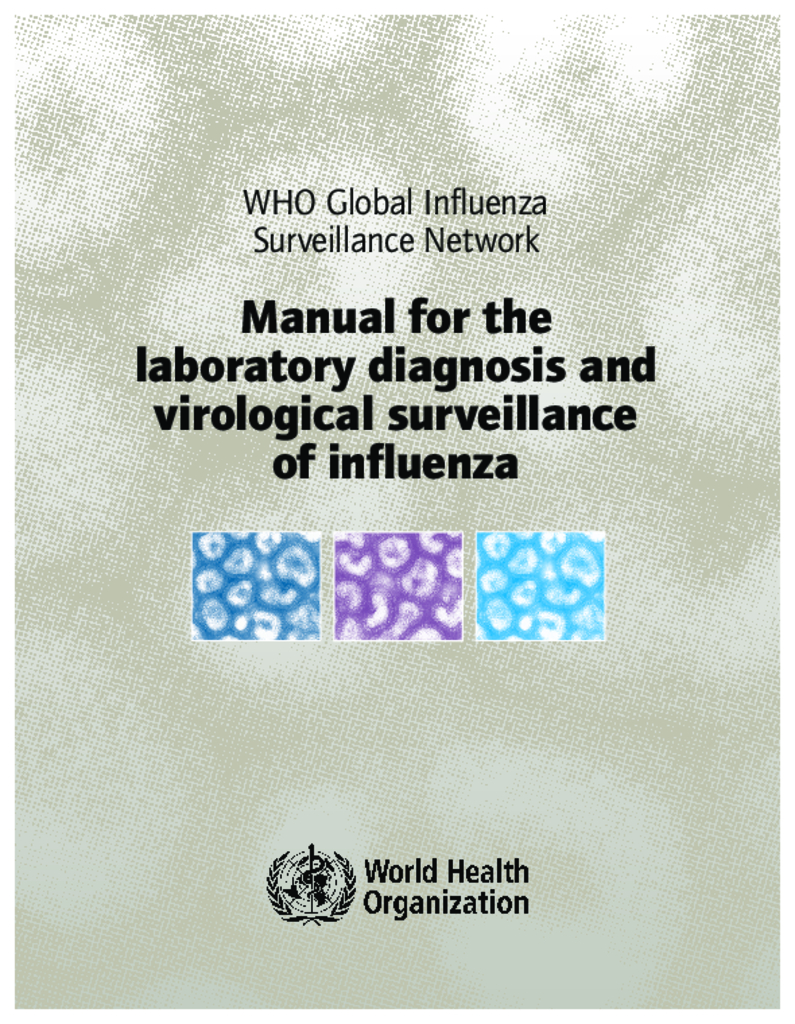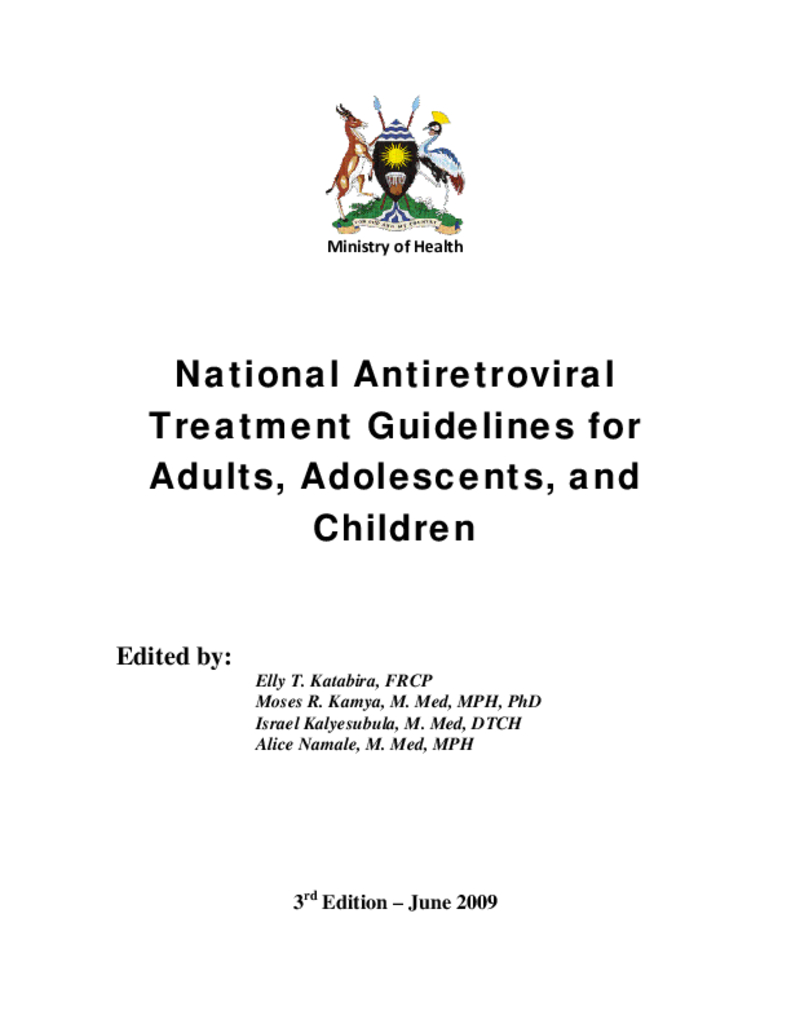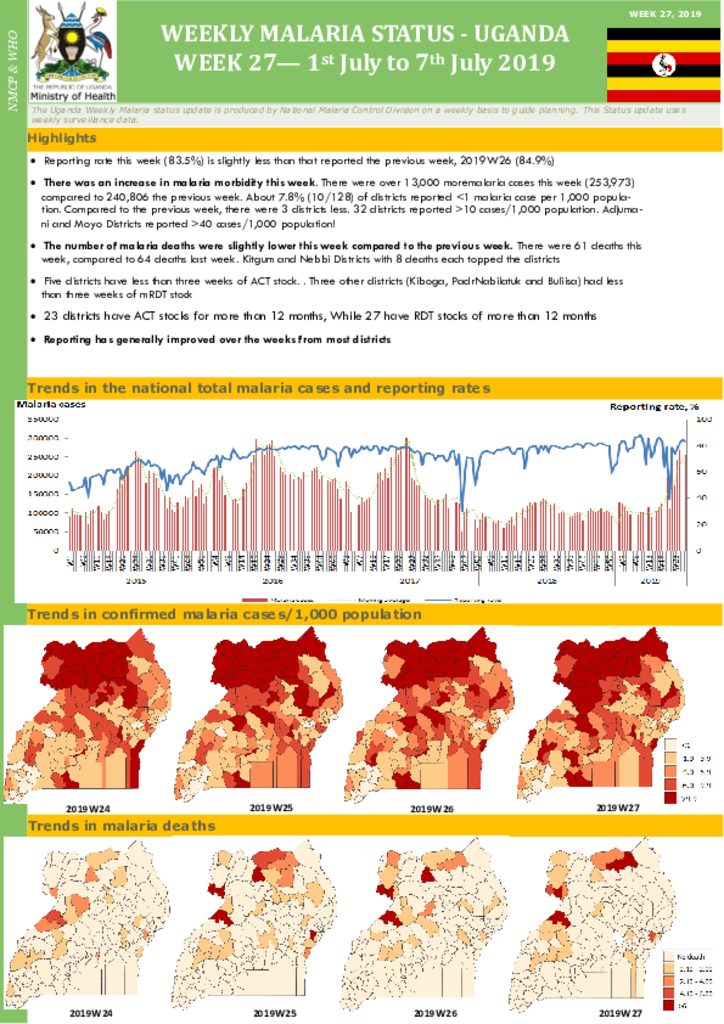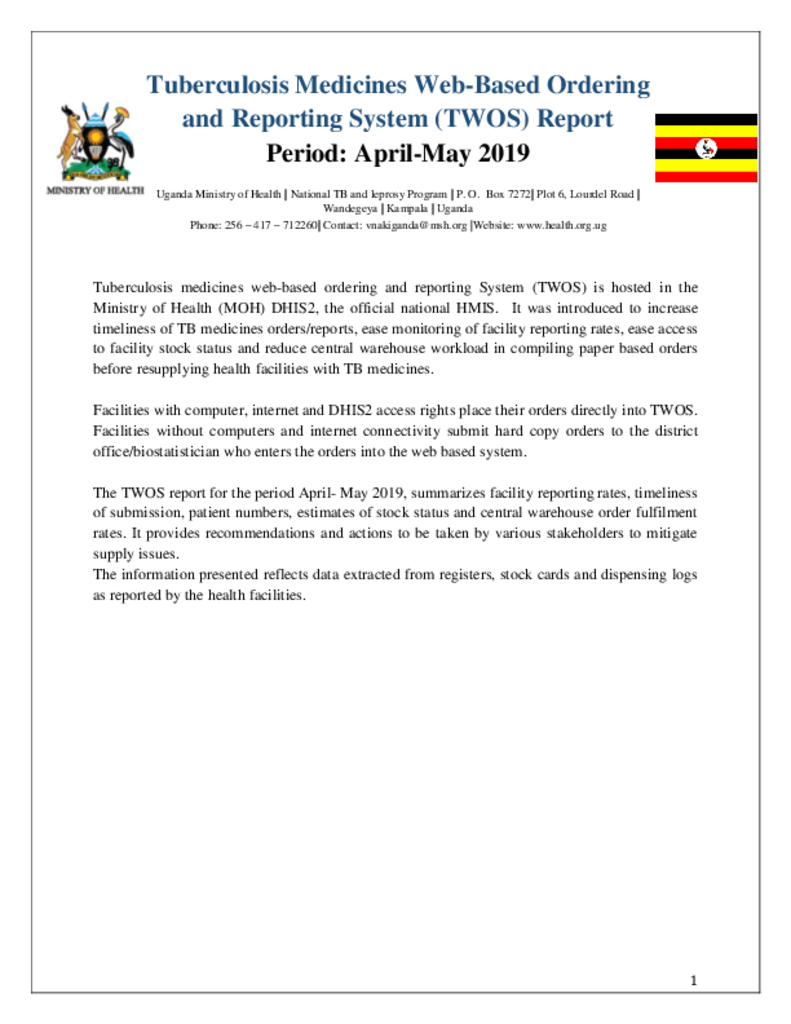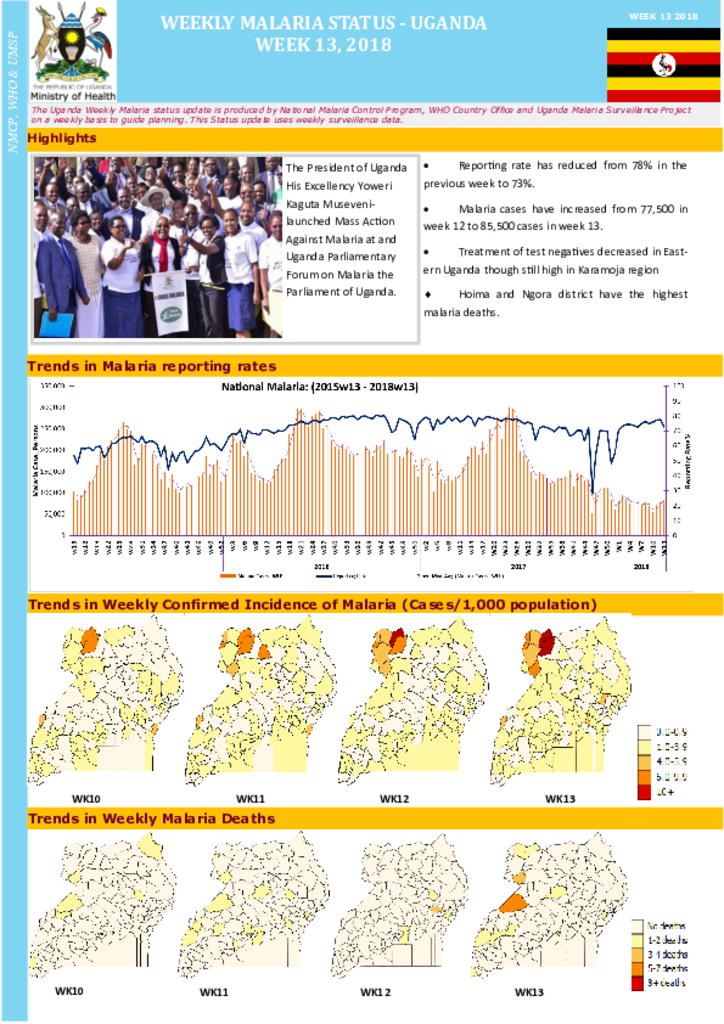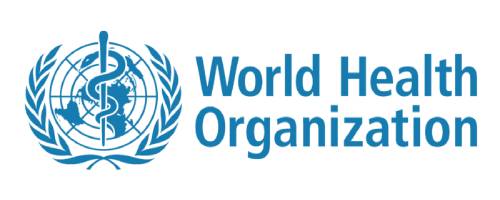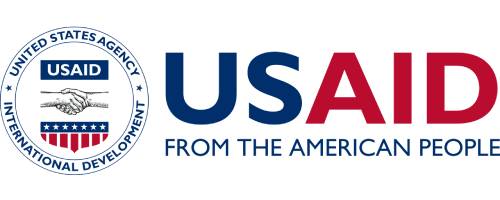The purpose of this flip chart is to guide front line health workers in providing quality and standardized screening, diagnosis, treatment and prevention of TB in children according to the new recommendations. This flip chart should be used at all health facility care points to identify and manage children with or at risk for TB.
This guide provides health workers with the most important facts about malaria and its transmission and management. The illustrations facilitate understanding and can also be used when counseling patients.
According to the 2004-2005 Uganda HIV/AIDS Sero-Behavioural Survey, 6.3% of men and women age 15-49 who are currently in union are HIV positive, compared to 1.6% of those never in union (Uganda Ministry of Health & ORC Macro 2006). Furthermore, 5% of cohabiting couples are HIV discordant, with the male infected in 3% of couples and the female in 2%, with another 3% of cohabiting couples HIV positive concordant.
Management of MDR-TB: a fi eld guide was created to help health workers carry out these tasks. It is a job aid that medical offi cers and TB nurses are meant use frequently during the day for quick reference. This module is closely related to other clinical guideline modules in the Integrated Management of Adolescent and Adult Illness (IMAI) series. In particular, the approach to chronic disease management is taken from General principles of good chronic care in the IMAI series.
This revised manual provides an update on those and other areas and pays special attention to the key role of the district TB/leprosy supervisors (DTLS). It provides guidance on how the district TB and leprosy supervisor (DTLS) function relates to the health facility staff on the one hand and the health service managers at the district, regional and national levels on the other. The lay out has been modified to enrich the indicated areas.
WHO has developed this manual in order to strengthen the laboratory diagnosis and virological surveillance of influenza infection by providing standard methods for the collection, detection, isolation and characterization of viruses.
In 1982 Dr. Anthony Lwegaba, then working as a Medical Officer in Kalisizo Health Center, Rakai District, described the first cases of HIV disease in Uganda. Now, twenty seven years later, HIV is the commonest cause of death among the young adults aged 2045 years.
Uganda ranks sixth among African countries with high malaria-related mortality rates, and has one of the highest reported malaria transmission rates in the world. The World Health Organisation (WHO) reports that globally malaria is a major cause of ill health and deaths, with approximately 16 million cases and over 10,500 deaths reported in 2013.
Reporting rate this week (83.5%) is slightly less than that reported the previous week, 2019W26 (84.9%) There was an increase in malaria morbidity this week. There were over 13,000 moremalaria cases this week (253,973) compared to 240,806 the previous week. About 7.8% (10/128) of districts reported <1 malaria case per 1,000 popula-tion. Compared to the previous week, there were 3 districts less. 32 districts reported >10 cases/1,000 population. Adjuma-ni and Moyo Districts reported >40 cases/1,000 population! The number of malaria deaths were slightly lower this week compared to the previous week. There were 61 deaths this week, compared to 64 deaths last week. Kitgum and Nebbi Districts with 8 deaths each topped the districts Five districts have less than three weeks of ACT stock. . Three other districts (Kiboga, PadrNabilatuk and Buliisa) had less than three weeks of mRDT stock. 23 districts have ACT stocks for more than 12 months, While 27 have RDT stocks of more than 12 months. Reporting has generally improved over the weeks from most districts
The TWOS report for the period April- May 2019, summarizes facility reporting rates, timeliness of submission, patient numbers, estimates of stock status and central warehouse order fulfilment rates. It provides recommendations and actions to be taken by various stakeholders to mitigate supply issues.
The information presented reflects data extracted from registers, stock cards and dispensing logs as reported by the health facilities.
This publication is about the malaria case statistics of Uganda in the 13th week of 2018.
This publication is about the malaria case statistics of Uganda in the 35th week of 2018.
